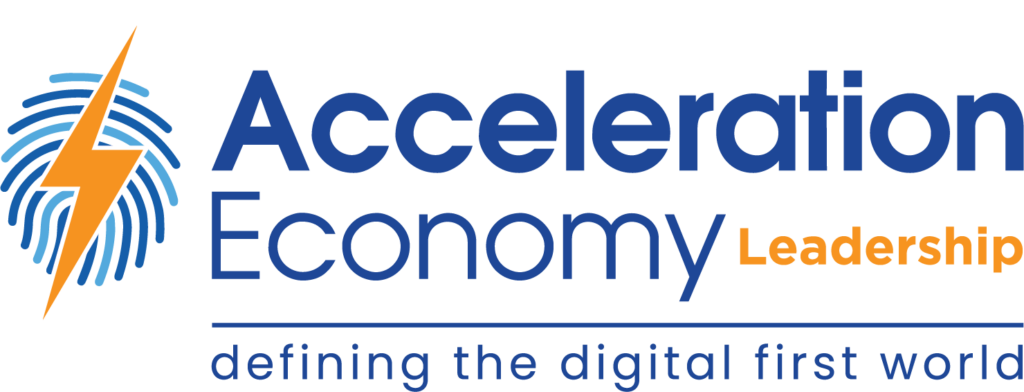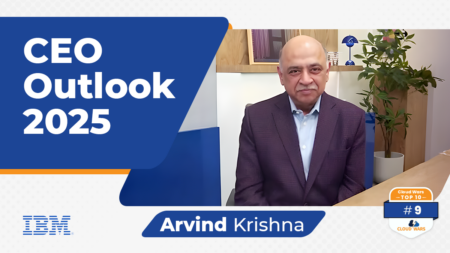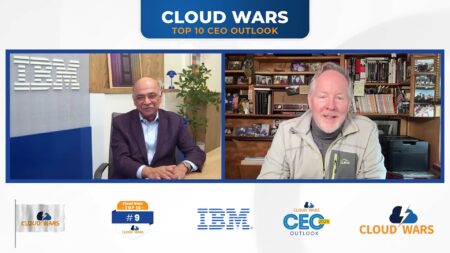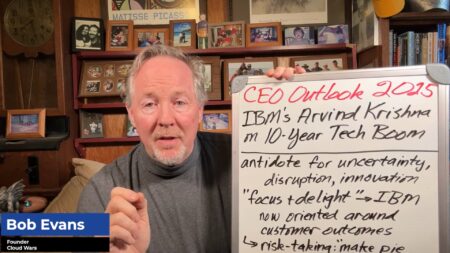In episode 64 of the Leadership Minute, Tony Uphoff discusses OpenAI’s recent release of GPT-4, which is the underlying model powering ChatGPT. In contrast to its predecessor, GPT-4 is capable of not just creating words, but also describing images in response to simple written commands. For now, OpenAI is not including the image-description feature in its ChatGPT app. While it provides many business applications already, ChatGPT and other generative artificial intelligence (AI) apps must be implemented wisely, as Tony explains.
To hear more data modernization, AI/hyperautomation, cybersecurity, and growth strategies from CIO practitioners, tune into Acceleration Economy’s Digital CIO Summit, which takes place April 4-6. Register for the free event here.
Highlights
01:09 — While still a relatively new platform, Tony says, OpenAI’s generative AI service is already being adopted by a remarkable number of companies, and this trend will only accelerate.
01:22 — Bain & Company is integrating ChatGPT into its management systems, research, and processes and announced that Coca-Cola will be the first major consumer packaged goods company to use its new system. Snap has rolled out a new ChatGPT-powered chatbot feature and Shopify will use ChatGPT to power its new shopping assistant. Not all companies are jumping on the ChatGPT bandwagon, however. Major banks such as JP Morgan Chase, Bank of America, Goldman Sachs, Amazon, and Deutsche Bank have restricted the use of the generative AI platform on their systems.
01:59 — GPT-4 represents a massive step forward in the mainstreaming of AI, and its impact cannot be overstated. Tony stresses that it’s essential to prepare your company and develop a game plan for how to understand and use this powerful new technology.

Which companies are the most important vendors in AI and hyperautomation? Check out the Acceleration Economy AI/Hyperautomation Top 10 Shortlist.
02:22 — Tony says there are a few ChatGPT business applications to consider, including decision support, communication and collaboration, customer service, training and development, and efficiency and cost savings. For example, ChatGPT can help organizations save time and resources by automating repetitive tasks, freeing up employees to focus on more valuable and creative work.
03:27 — While bullish on the use of generative AI in business, Tony issues a caution here. “It’s important to understand that AI language models have the potential to produce inaccurate, wrong, or biased output,” he says. “They are designed to spit out cogent phrases, not actual facts, because they have been trained on internet text and imagery. They have also learned to emulate human biases.”
03:52 — Sandhini Agarwal, an OpenAI policy researcher, said during the announcement that the company held back the image description feature in the GPT-4 version of ChatGPT to better understand potential risks. As an example, she said the model might be able to look at an image of a group of people and offer up known information about them, including their identities — a possible facial recognition use case that could be used for mass surveillance.
04:16 — So, along with defining business use cases for ChatGPT, CEOs need to be mindful of the ethical implications of AI technology, including the potential for biased output, misinformation, and privacy concerns.
Want more tech insights for the top execs? Visit the Leadership channel:











